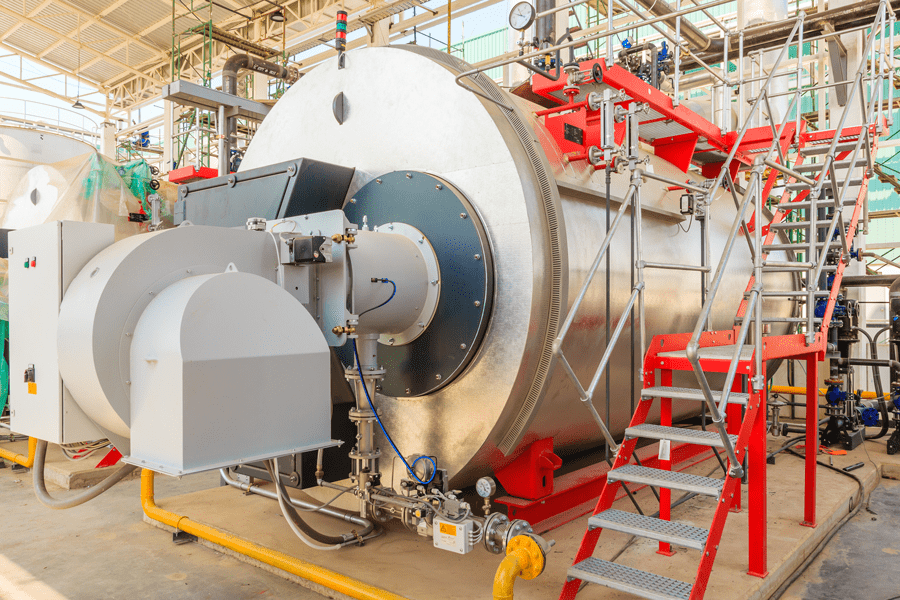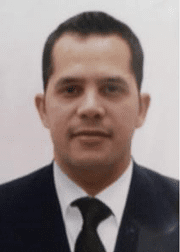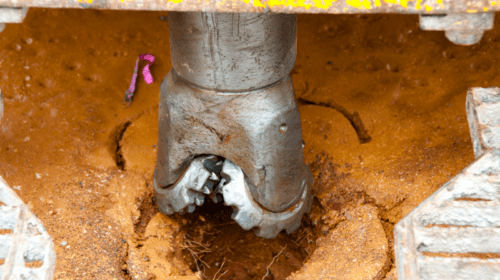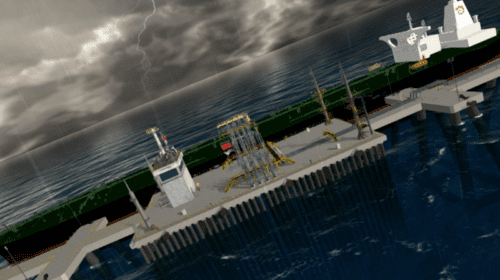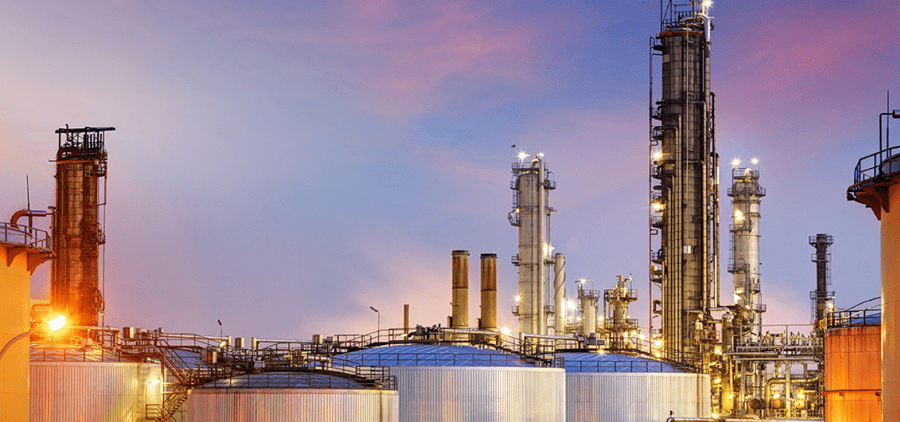Reservoirs with hydrocarbon reserves of low degrees API are already an almost total part of the day-to-day oil operations. Currently, the most important world reserves are in seven countries, and all of these stand out for having great potential for heavy hydrocarbons. This important variable makes the techniques and technologies for the recovery of this type of hydrocarbon a constant competition between operating companies.
Despite the birth of technologies, the industry usually seeks the relationship between economy and profitability over time. In this area, there are steam injections which, with an age greater than half a century, mark a before and after in operations recovery of hydrocarbons in heavy reservoirs with fine sands, as this type of procedure increases the speed of hydrocarbon recovery.
Thermal recovery has become one of the best options for the development of heavy and extra-heavy oil reservoirs, since it improves the mobility of the oil towards the wells, generating a greater recovery of the desired fluid. The process is simple: The constant bombardments of high temperatures create a furnace effect in the formation toward which the fluid decreases its viscosity, thus increasing its transport capacity from the reservoir to the producing well. This movement is preferential toward this part due to the pressure difference caused by the well.
At the beginning, vertical wells with different injection windows were used but, as time went by, horizontal steam injection took on more force, and is the best technique today. It consists of determining the dip of the strata to identify the preferred direction of fluid movement; therefore, the creation of a well or several wells horizontally is intended to respect the dip of the formation and navigate in that direction. In this way, not only the oil is heated, but also the path that it prefers to travel for its absorption in the well. It should be noted that every injector well can be alternated in time to the producing well.
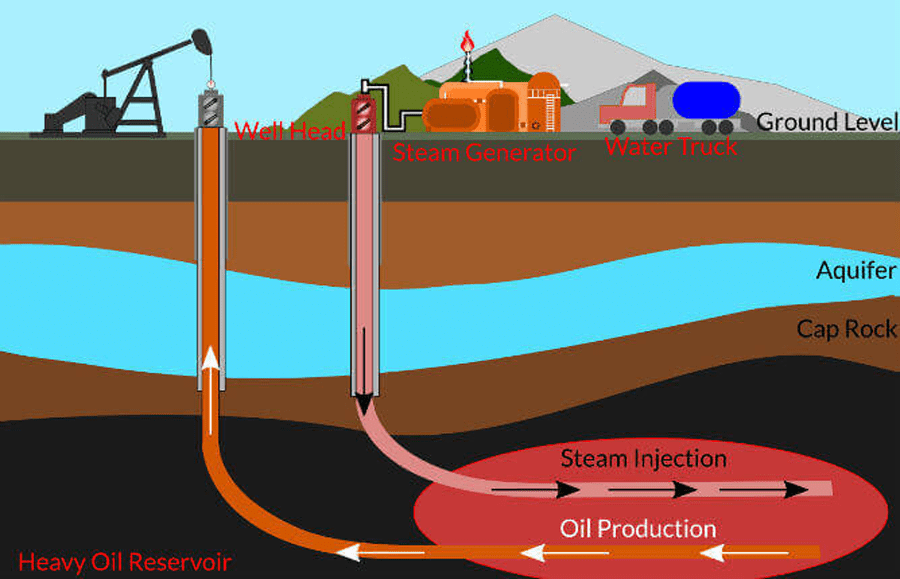
This type of treatment is applied mainly in wells with gravity from 10 to 23° API, and is usually based on a three-stage process:
- In the first stage, the steam injection is applied toward the formation. The steam has qualities sought in ranges between 70 to 85 percent (the quality is associated with the amount of steam with respect to the amount of condensed water that reaches the injector well, looking for 85 percent of the mixture to be steam). The pumping time is not unlimited, so specific times between one to three weeks are estimated.
- Later, in stage two of the technique, a soaking time is established. After stopping the steam pumping, the injector well is closed for three to six days to ensure that the high steam temperatures penetrate the formation.
- In the third stage, when the well is put into production, the amount of crude produced when it is hot is much greater than that produced with the well before stimulation, due to the change in viscosity. This increase in production is temporary and tends to return to the initial rate of the well. This happens because the production of fluids dissipates the amount of heat previously injected. This type of technique does not increase the recovery factor of the area; it only increases the production speed.
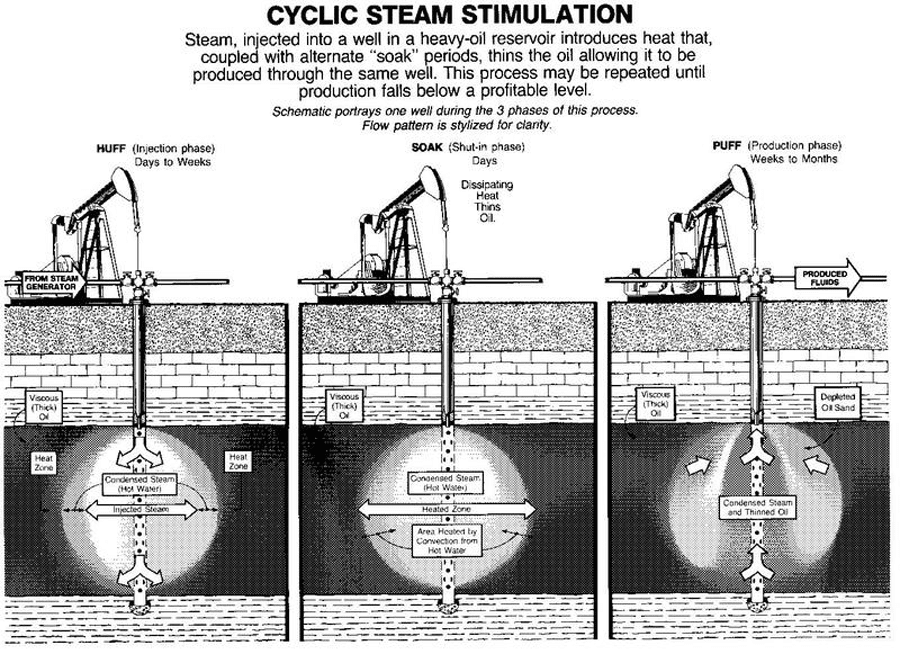
Because horizontal alternating steam injection (HASD) is a relatively new technique, its operation derives directly from continuous steam injection, so the condition for its application remains practically the same. This raises the question whether alternate injection in horizontal wells can be used. In any case of weighing crude, the answer is no. It is necessary to meet a series of requirements:
- Fluid properties: Gravity must be below 22° API. In addition, it must have a viscosity greater than 400 Cp to ensure that the crude oil can improve its viscosity and movement without undergoing changes in its composition.
- Reservoir properties: First, the reservoir must be volumetric. The working depth for this technique must be below 3000 feet, the thickness of the optimal producing sand less than 20 feet, and the transport capacity must be above 100 md. These conditions ensure that the thermal factor of the steam reaches the desired target.
- Operational properties: These depend directly on the conditions in which the exploitation of the reservoir was designed. The spacing, depth and length of the wells must be taken into account, at the same time as the pressure of the flowing bottom and the lifting system and, last but not least, the cycle times and steam injection rate.
As every stimulation technique has advantages and disadvantages of its application, it is important to consider the requirements to estimate the negative effects that the application of this method can bring.
The main advantages are:
- One of the main advantages of steam injections is profitability. The largest investment is made when preparing the boilers that will generate steam. The main resources for steam generation are water and energy. With proper maintenance and a good initial investment, this type of technique can work for more than 20 years, if necessary.
- Sometimes a reservoir can have very good permeability, but the crude oil can have a low viscosity. This technique makes it possible to take advantage of the reservoir’s movement capacity not only by improving the movement of the fluid, but also by taking advantage of the permeable spaces to transport the heat capacity toward the internal zone of the deposit.
- Another important factor is being able to use the producing well as injector wells, which is an important advantage over other types of stimulation.
Disadvantages to consider:
- Because steam injection has a water presence of 30 to 20 percent in the best of cases, at the time water is being injected into the well, it is common to see that after the soaking period the water production has risen. This declines when production begins but, each time a cycle is repeated, it is common for the water cut to increase until production is no longer profitable.
- In another case, it is found that the formation is wet by oil. This directly affects the total recovery of the reservoir, since it limits the movement of the particles adhered to the rock, affecting to a great extent the poral gorges of the rocks.
- Over time, the integrity of the equipment is affected. High temperatures and constant contact with water compromise the anticorrosive capacity of the equipment, thus reducing its useful life.
The HASD method is an improved process that facilitates the production of heavy oil. It is a key method in thin sands where recovery by other methods, such as SAGD, cannot be carried out due to structural complexity.
The mobility of the crude, at initial conditions, is the most important reservoir parameter for the performance and efficiency of the process, because it is the point of comparison with respect to the changes that the production will undergo. In the case of good vertical permeabilities, the recovery will be even more effective. Despite being a method that fills part of the reservoir with water, it is still an attractive response when treating heavy crudes, thanks to its economy and profitability over time, which is why the alternate injection of steam in horizontal wells has come to stay.
Headline photo courtesy of Adobe Stock.
Andres Ocando is a 30-year old petroleum engineer, who has been working for PDVSA for five years, facing positions such as reservoir engineer and geomechanical engineer. He currently works as a project analysis engineer. There, he has optimized the data collection process for the development of geomechanical models. Ocando has experience in copywriting and is currently a technical writer on topics related to the oil and technology industries. He collaborates for important technical publications such as OILMAN Magazine and SPE. Quality and responsibility are two words that describe him perfectly. Ocando is currently pursuing higher studies at the University of Zulia to obtain his master’s degree in petroleum engineering.
Oil and gas operations are commonly found in remote locations far from company headquarters. Now, it's possible to monitor pump operations, collate and analyze seismic data, and track employees around the world from almost anywhere. Whether employees are in the office or in the field, the internet and related applications enable a greater multidirectional flow of information – and control – than ever before.

